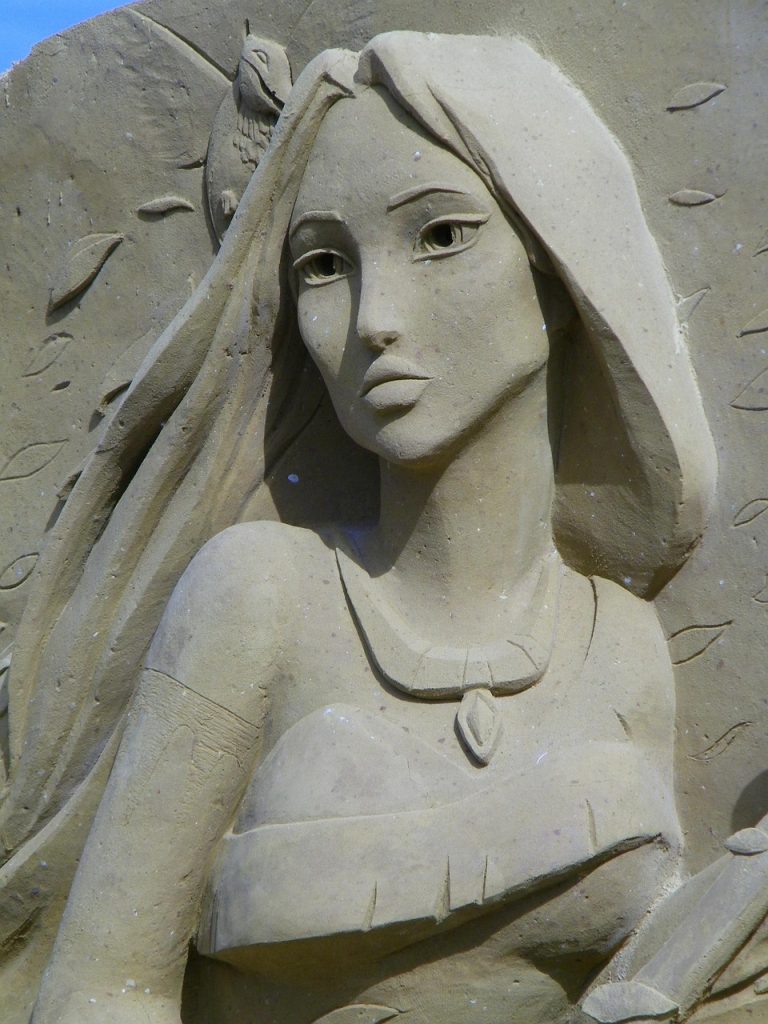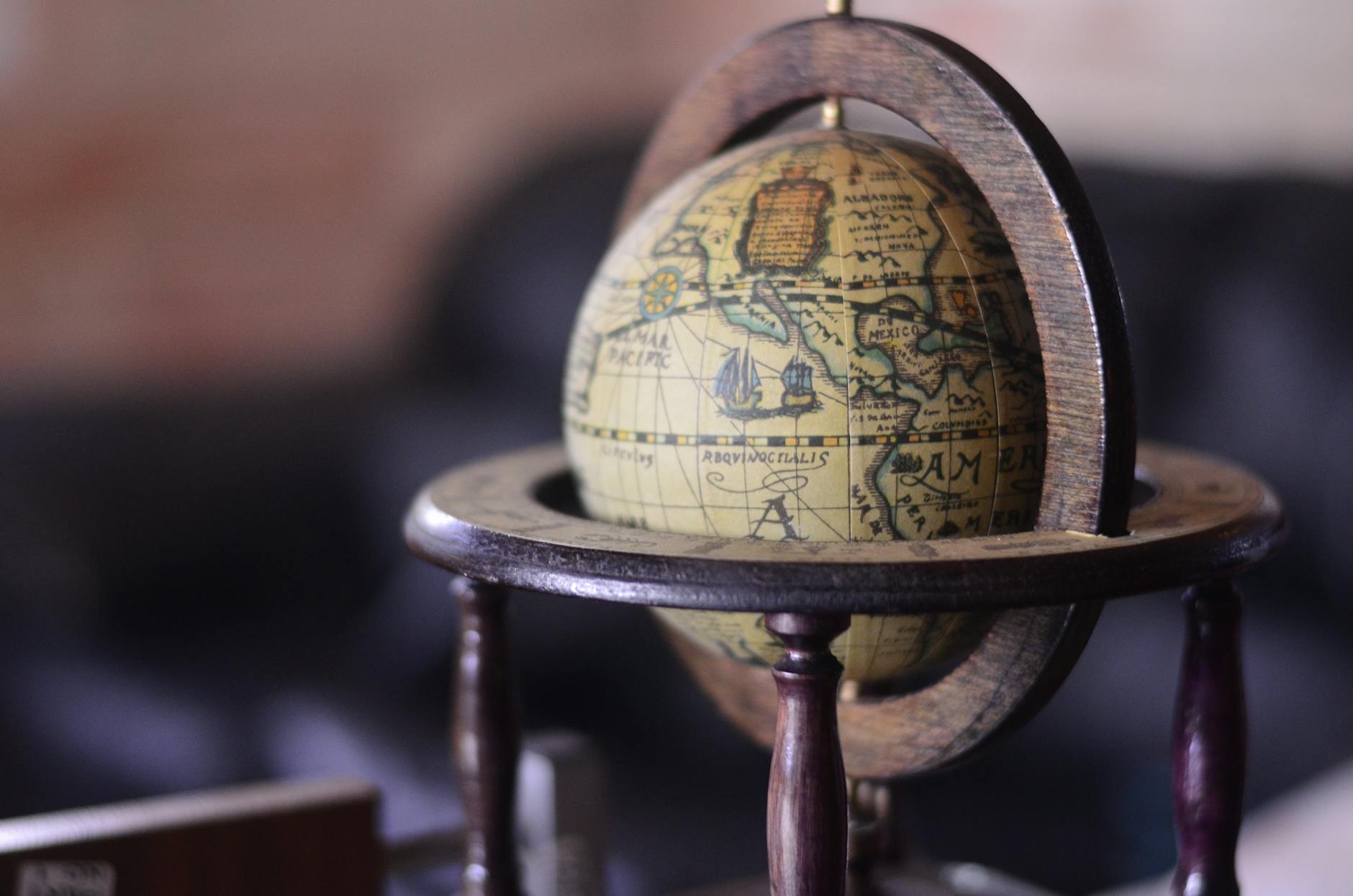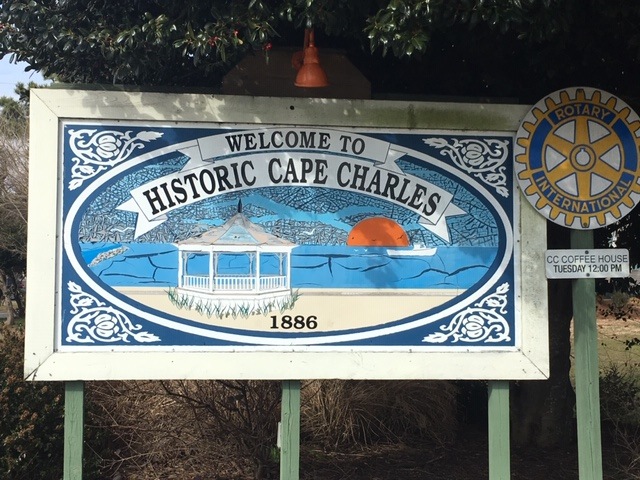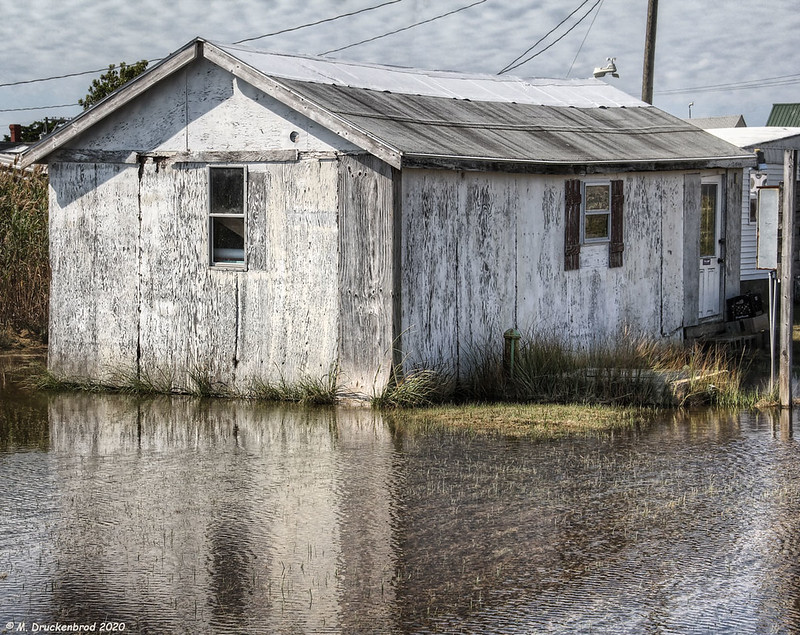That Time When John Smith Came …
Y’all, let me take you back to the summer of 1608—a time when the Chesapeake Bay was as wild and untamed as a crab pot in a nor’easter. Captain John Smith, fresh off the boat from Jamestown, set sail with a crew of twelve in a shallop no bigger than a modern fishing skiff. Their mission? To chart the vast, mysterious waterways of the Chesapeake, and in doing so, they became the first Europeans to lay eyes on much of Delmarva’s shoreline .
🌊 Where Did He Go?
Smith’s journey was nothing short of epic. He and his crew navigated the intricate maze of rivers and inlets, mapping over 3,000 miles of coastline. They ventured up the Nanticoke River, interacted with the Nanticoke people, and even reached the headwaters of the Bay near the Susquehanna River . His detailed observations and maps were so accurate that they remained the go-to references for nearly a century .
🗺️ What Did He Do?
Beyond mapping, Smith documented the lives and cultures of the Indigenous peoples he encountered. His writings provide some of the earliest ethnographic accounts of the region’s Native American tribes. He noted their agricultural practices, social structures, and even their culinary habits—details that offer invaluable insights into the pre-colonial Chesapeake .
🌟 Did He Make an Impression?
Absolutely. Smith’s maps and writings opened the Chesapeake region to European colonization. His accounts painted the area as a land of abundance, ripe for settlement. This portrayal attracted waves of settlers, forever altering the course of Delmarva’s history .
🧚♂️ Any Folklore or Lasting Stories?
While Smith himself didn’t become the stuff of Delmarva folklore, his encounters with Indigenous peoples did. Stories of his interactions, particularly those involving the Nanticoke and other tribes, have been passed down through generations. These tales, a blend of fact and legend, continue to shape the region’s cultural narrative.
💬 What Were His Opinions?
Smith was both awed and pragmatic. He marveled at the natural beauty and resources of the Chesapeake but was also keenly aware of the challenges of colonization. He emphasized the importance of cooperation with Indigenous peoples and the necessity of hard work among settlers—a sentiment encapsulated in his famous decree, “He that will not work shall not eat” .
🧡 Where Does Pocahontas Fit In?

Ah, the tale of Pocahontas and John Smith—a story often romanticized but rooted in complex historical interactions. Smith met Pocahontas in 1607, and while popular narratives suggest a romantic relationship, historians agree that Pocahontas was around 10 to 13 years old at the time, and their relationship was more likely one of mutual respect and diplomacy . Smith’s accounts of being saved by Pocahontas have been scrutinized, with some scholars suggesting they were embellished or misunderstood cultural rituals .
So, next time you’re enjoying the serene beauty of Delmarva’s waterways, remember that over four centuries ago, Captain John Smith was navigating those same currents, laying the groundwork for the rich tapestry of history that defines our beloved peninsula today.





